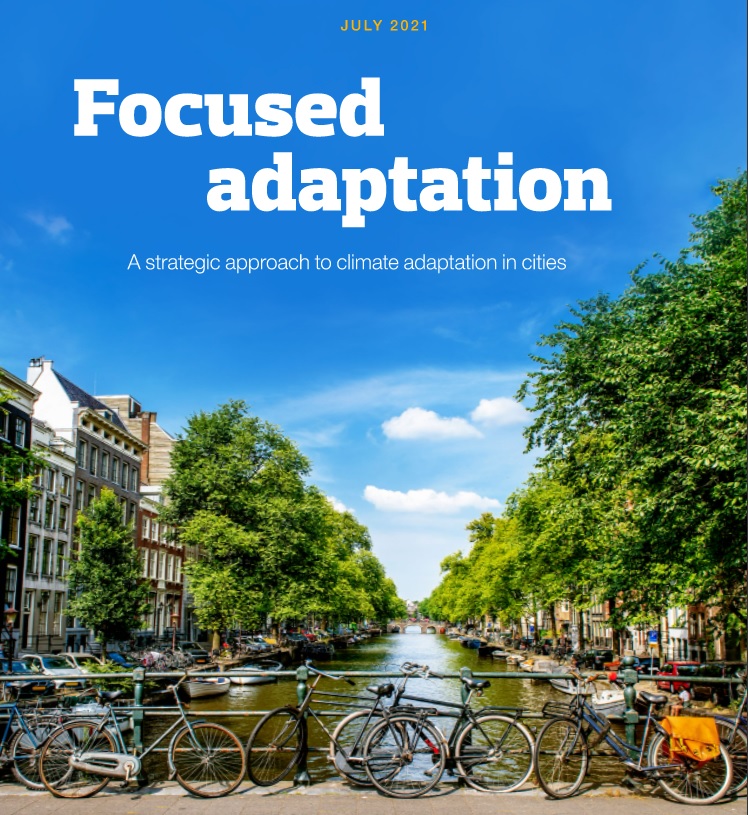Focused Adaptation
A strategic approach to climate adaptation in cities

Cities are facing growing risks because of climate change. Many are in high-risk locations such as coastlines, floodplains or islands, and most face a threat from climate hazards beyond the scope of past experience. Cities’ built environments can also exacerbate impacts. Some increase in climate risk is already locked-in due to existing emissions, and risks will be significantly worse if action to mitigate climate change falls short of the goal to limit warming to 1.5°C. To protect the lives and livelihoods of urban residents, cities must adapt and improve their resilience to current and future climate impacts.
To help cities to navigate the many adaptation options and strategies available, this report identifies and explains 15 high-potential actions across five climate hazards – extreme heat, drought, wildfire, inland flooding and coastal flooding – and those that can help cities build systemic resilience.
The report also identifies three key messages:
- Nature-based solutions are critical to adaptation and comprise some of the most attractive actions both in terms of their impact on reducing risks and their feasibility.
- Cities should invest in actions that increase resilience systemically, as a foundation to adapting to specific and immediate hazards.
- Finally, this report is a call to targeted action.
The 15 high-potential actions, which include investment in infrastructure, are also discussed.
Abstract based on source.


Comments